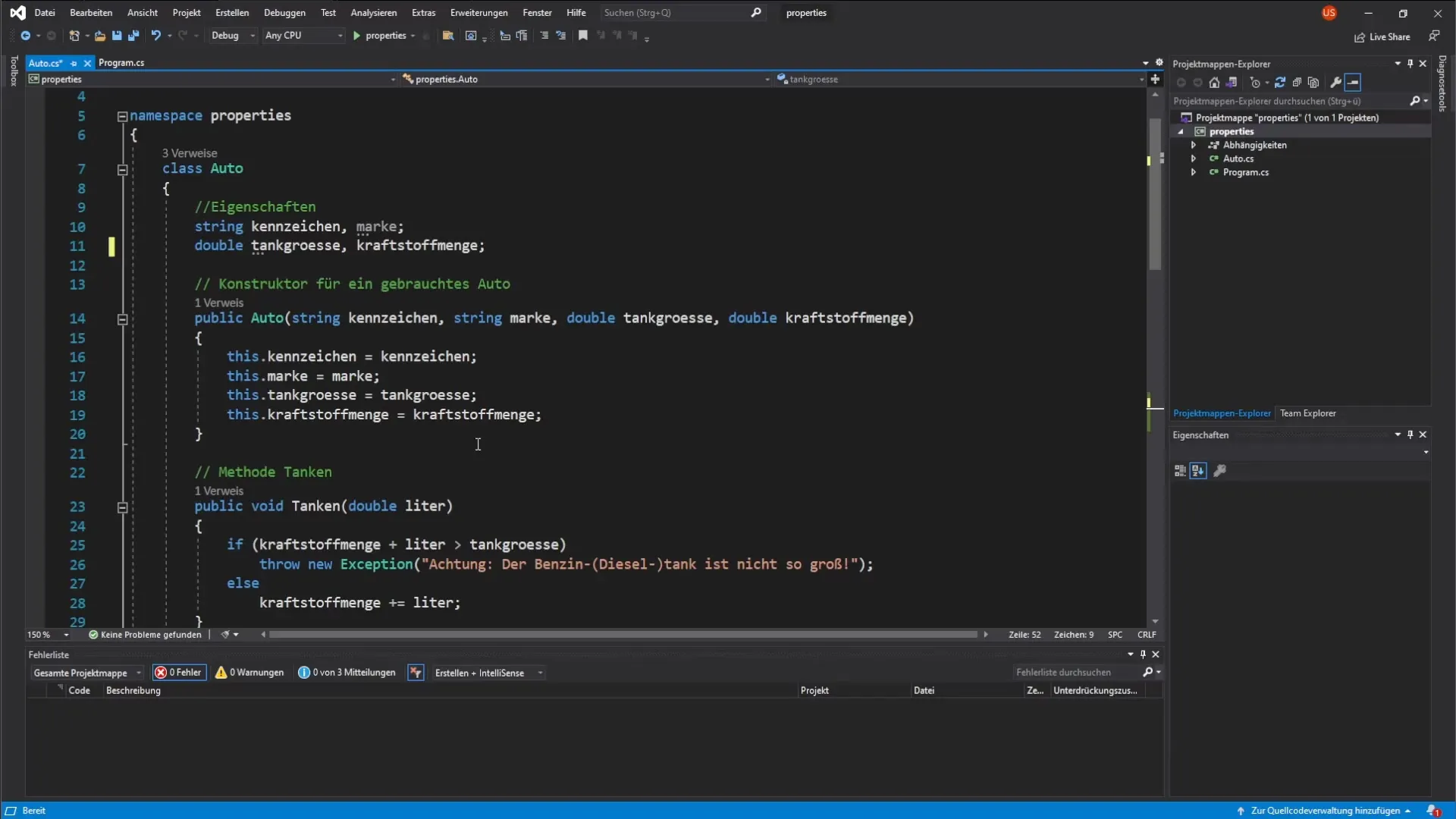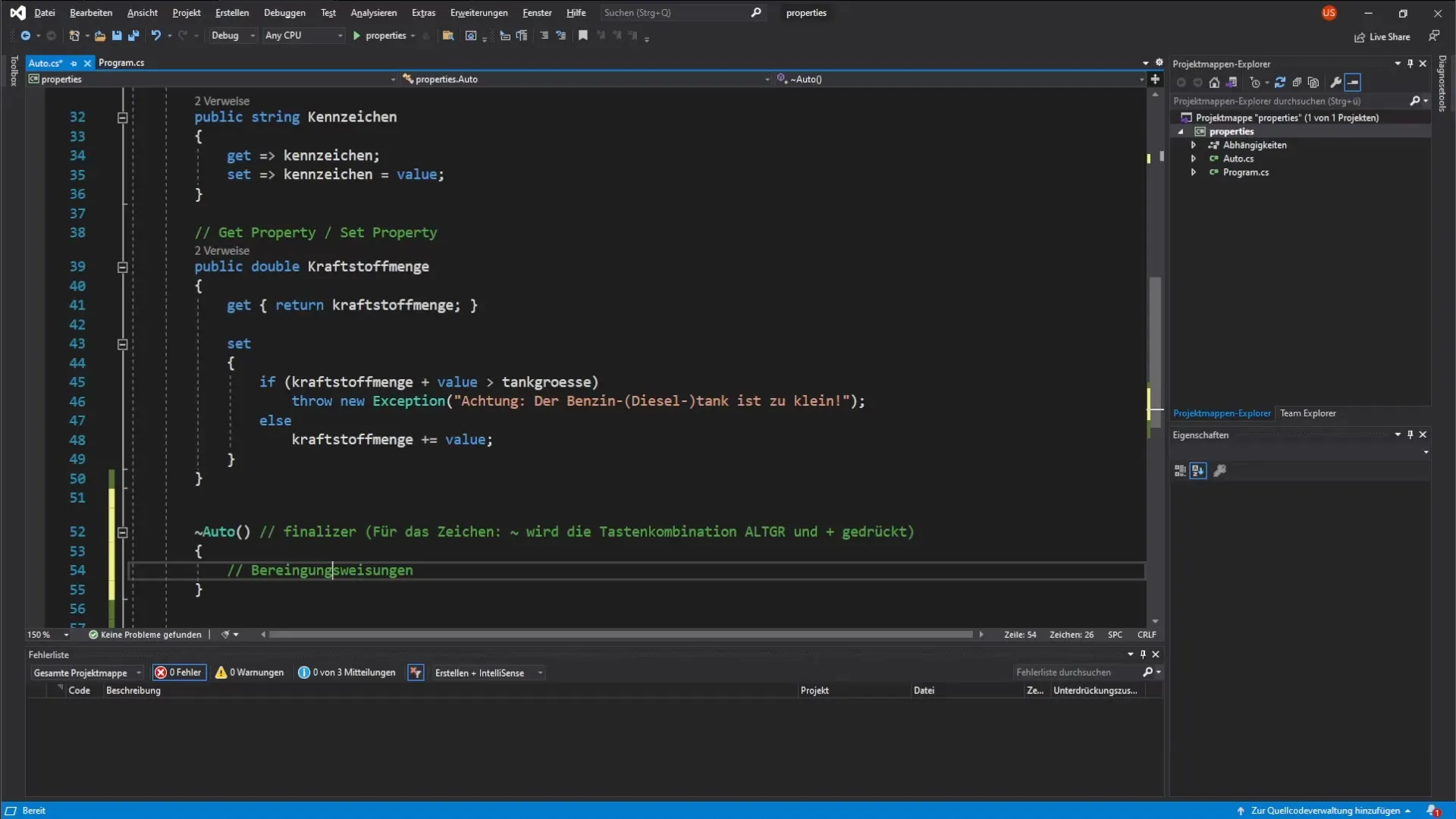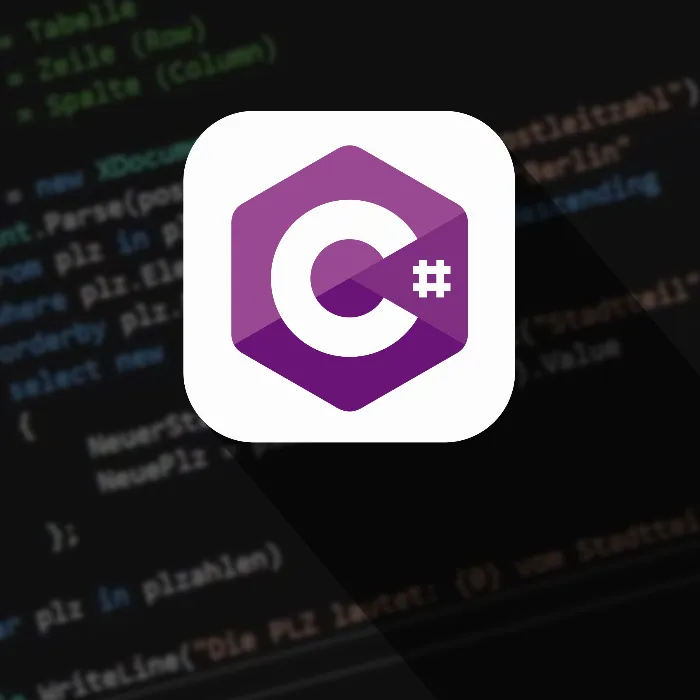When developing with C#, you will eventually come across the topic of finalizers or destructors. Although the term "destructor" is still found in literature, today we refer to them as finalizers. This technique has proven effective in ensuring that resources are released properly. Let's dive into the details and learn how you can use finalizers effectively.
Key Insights
- A finalizer is used to release resources when an object is no longer needed.
- The garbage collector manages memory and automatically calls the finalizer.
- Finalizers can only be used in classes and cannot be inherited or overloaded.
Step-by-Step Guide to Using Finalizers
The use of finalizers can significantly contribute to the efficient memory management of your applications. Let's explain step by step how you can set up and use a finalizer.
1. Understanding the Finalizer
The finalizer is a mechanism in C# that allows for memory used by an object to be released. It becomes active when the garbage collector decides that the object is no longer reachable. This way, important resources such as files or network connections can be properly closed, and the associated memory can be freed.

2. Creating a Class with a Finalizer
To implement a finalizer, you need to define a class. In our example, we will create a class called Car that may require a finalizer. Creating a finalizer is straightforward and is done alongside the class definition.
3. Setting Up the Finalizer
In the next step, you set up the finalizer in your class. This is done by defining the class named Car and then using the special syntax for the finalizer. The keyboard shortcut AltGr + Plus sign helps you introduce the final method.
4. Implementing the Finalizer Code
Once you have set up the basic structure for your finalizer, you can define specific cleanup instructions. This is important because this is where the resources that were allocated during the lifetime of your object are released.
5. Important Considerations for Finalizers
It is important to note that some basic rules apply to finalizers. A class can only have one finalizer, and it cannot be altered (overloaded or inherited). Finalizers are called automatically; you do not need to activate them yourself. This greatly simplifies resource management.
6. Conclusion on Using Finalizers
Finalizers are essential elements that you should consider when developing in C#. By implementing a finalizer, you ensure that your applications manage memory efficiently and release resources cleanly. This is especially important in applications that require intensive data processing and many resources. In the next video, we will focus on arrays to further deepen our knowledge.

Summary – Finalizers in C#: A Comprehensive Guide
Finalizers (destructors) in C# are important tools for efficient memory management. They ensure that resources are released in a timely manner without you having to worry about the details. With the right knowledge about their use, you can make your applications more robust and maintainable.
Frequently Asked Questions
What is a finalizer in C#?A finalizer is a mechanism to release resources when an object is no longer needed.
How is a finalizer implemented in a class?By using the special syntax in the class definition and defining the cleanup instructions.
Can a class have multiple finalizers?No, each class can only have one finalizer.
Who calls the finalizer?The garbage collector automatically calls the finalizer; you do not need to do this yourself.
Can finalizers have parameters?No, finalizers cannot have parameters or modifiers.


